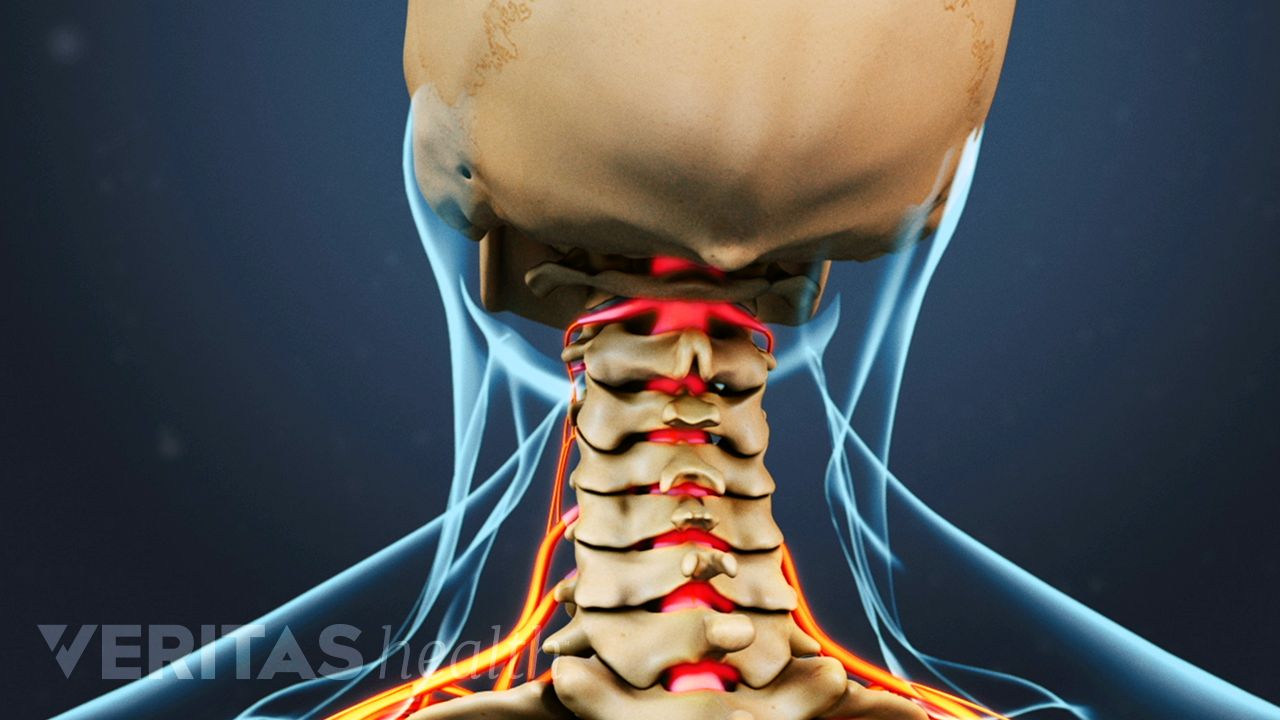The Opioid Crisis’ Latest Victims: Addicted Babies

(NU) – And now the nation’s opioid crisis is putting newborn babies at risk.
The use of prescription painkillers like OxyContin by women during pregnancy has resulted in what’s being called “an explosion” of infants as addicted to the drugs as their mothers. Newly published data in JAMA Pediatrics shows the number of cases of neonatal abstinence syndrome (NAS) has risen five-fold in the U.S. from 2000 to 2012 – that’s nearly 22,000 affected inf ants in that last year alone – and the reality behind those stats is heart-wrenching. “The babies, they really suffer,
just like adults do when they withdraw from narcotics,” Dr. Terrie Inder, chair of pediatric new born medicine at Boston’s Brigham and Women’s Hospital, told CBS News. “The babies are very irritable and sometimes have high heart rates, sweating, flushing, diarrhea. They cry a lot.”
Heightening experts’ concern: The crucial early “bonding” between mother and child is disrupted, given the babies’ average hospital stay of 24 days. The mothers, often unaware of the potential collateral damage from the painkillers they’ve been taking, experience what Inder calls “anxiety and guilt.”
Back and neck discomfort is especially common during pregnancy since women’s postural changes can result in spine and pelvic pain.
The open question is whether this latest development, combined with the Centers for Disease Control and Prevention’s call last year for physicians to dramatically curtail prescribing opioids will encourage more women to seek alternatives like drug-free chiropractic care. “All chiropractors are trained to work with women who are pregnant,”, The American Pregnancy Association says, lauding their expertise in “establishing pelvic balance and alignment.”
If you are expecting a baby or know someone who is, Dr. Oblander is well-trained in taking care of women during their pregnancies. Be sure to take good care of yourself and give our office a call if you experience back or hip pain during your pregnancy!
(Article shared from News USA)


 Most people at some point have heard cracking or grinding noises in their neck upon movement. These sounds, also called crepitus, are usually painless and typically do not represent anything serious.
Most people at some point have heard cracking or grinding noises in their neck upon movement. These sounds, also called crepitus, are usually painless and typically do not represent anything serious.
 When it comes to helping elite athletes prevent and recover from injuries—as well as achieve peak performance—chiropractic care can offer many advantages. That’s why large numbers of professional and college sports teams throughout the U.S. have turned to chiropractors over the past decade. The Philadelphia Phillies is one such team, and Dr. Michael Tancredi is one such chiropractor. As a Doctor of Chiropractic, a Certified Chiropractic Sports Physician, an Active Release Technique Instructor and Practitioner, and a certified athletic trainer, Dr. Tancredi clearly understands the valuable role that chiropractic care can play in keeping teams healthy and performing at their best.
When it comes to helping elite athletes prevent and recover from injuries—as well as achieve peak performance—chiropractic care can offer many advantages. That’s why large numbers of professional and college sports teams throughout the U.S. have turned to chiropractors over the past decade. The Philadelphia Phillies is one such team, and Dr. Michael Tancredi is one such chiropractor. As a Doctor of Chiropractic, a Certified Chiropractic Sports Physician, an Active Release Technique Instructor and Practitioner, and a certified athletic trainer, Dr. Tancredi clearly understands the valuable role that chiropractic care can play in keeping teams healthy and performing at their best.

 The Mayo Clinic describes second impact syndrome (SIS) as a complication arising from a concussion. It occurs when someone experiences a second concussion prior to fully recovering from the initial one. With SIS, “typically fatal brain swelling” occurs. R.C. Schneider first described this condition in 1973, but it wasn’t until 1984 that someone gave it the name, “second impact syndrome”. The condition is rare enough that only 21 cases had been cited in the literature up until 2003.
The Mayo Clinic describes second impact syndrome (SIS) as a complication arising from a concussion. It occurs when someone experiences a second concussion prior to fully recovering from the initial one. With SIS, “typically fatal brain swelling” occurs. R.C. Schneider first described this condition in 1973, but it wasn’t until 1984 that someone gave it the name, “second impact syndrome”. The condition is rare enough that only 21 cases had been cited in the literature up until 2003. Did you know that fully a quarter of your body’s bones are in your feet? These complex marvels of engineering by Mother Nature provide your body with a firm foundation, and are constantly in demand to help move the body from one place to another. With 19 muscles and 26 bones each, your feet are important for the balance and health of the entire body.
Did you know that fully a quarter of your body’s bones are in your feet? These complex marvels of engineering by Mother Nature provide your body with a firm foundation, and are constantly in demand to help move the body from one place to another. With 19 muscles and 26 bones each, your feet are important for the balance and health of the entire body.